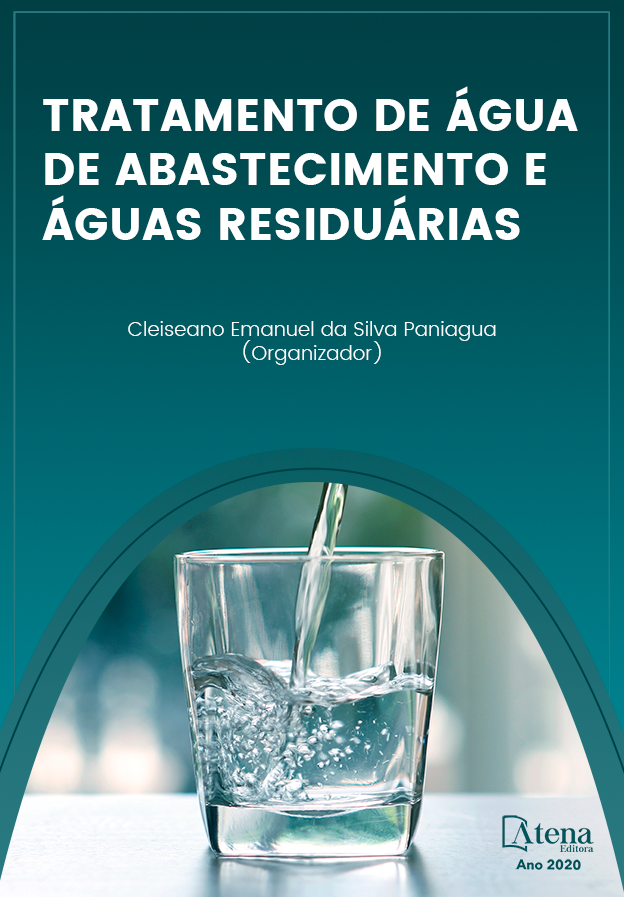
APLICAÇÃO DE GEOTECNOLOGIAS NA ANÁLISE DA SALINIDADE DAS ÁGUAS SUBTERRÂNEAS NO ESTADO DE PERNAMBUCO
No Semiárido Brasileiro a indisponibilidade de água nos corpos superficiais para suprir a demanda da região provoca a busca pela maximização das fontes hídricas, e como uma das alternativas está o uso da água subterrânea. No entanto, uma das principais características desta fonte hídrica nesta região é a salinidade. Considerando que o consumo de água com grande presença de sais pode trazer impactos à saúde humana e animal, ao solo, limitar o crescimento de algumas culturas e ainda provocar danos a equipamentos hidráulicos o que pode ser prejudicial em plantas industriais, é possível analisar o grau e a distribuição da salinidade no estado de Pernambuco a fim de subsidiar a tomada de decisão aos gestores na implementação de políticas públicas na região. A base de dados utilizada foi do Sistema de Informações de Águas Subterrâneas - SIAGAS, gerido pelo Serviço Geológico do Brasil - CPRM. A concepção do mapa de salinidade das águas subterrâneas Pernambuco foi realizada a partir da análise de dados sobre a condutividade elétrica de 10.692 poços no território, dividido pelas mesorregiões. A interpolação utilizada foi o Inverso da Distância Ponderada (IDW). A análise do grau de salinidade do estado de Pernambuco permitiu notar que existe uma convergência entre as manchas de salinidade e as delimitações das mesorregiões. Neste sentido, identificou-se duas mesorregiões com importante concentração de núcleos super salinos, o Agreste Pernambucano e a mesorregião do São Francisco. Esta análise indica que esses territórios podem ser considerados prioritários na implementação das políticas públicas de acesso à água principalmente pelo potencial impacto provocado na saúde humana e nas limitações para o uso na agricultura.
APLICAÇÃO DE GEOTECNOLOGIAS NA ANÁLISE DA SALINIDADE DAS ÁGUAS SUBTERRÂNEAS NO ESTADO DE PERNAMBUCO
-
DOI: 10.22533/at.ed.3172025114
-
Palavras-chave: semiárido, águas subterrâneas, salinidade, geotecnologias
-
Keywords: semiarid, groundwater, salinity, geotechnology
-
Abstract:
In the semiarid region Northeast Brazil the unavailability of water to supply the demand of the region causes the search for the maximization of the water sources, and as one of the alternatives is the use of groundwater. However, one of the main characteristics of this water source is salinity. Considering that the consumption of water with a high presence of salts can have an impact on human and animal health, limit the growth of some plants and also damage hydraulic equipment, which can be harmful in industrial plants, it is possible to analyze the distribution of salinity in the state of Pernambuco in order to subsidize decision-making for managers in the implementation of public policies in the region. The database used was from the Groundwater Information System - SIAGAS, managed by the Geological Survey of Brazil - CPRM. The Pernambuco groundwater salinity map was carried out from the SIAGAS data analysis, provided by the CPRM, at this point were analyzed data of the electrical conductivity of 10.692 wells divided by the mesoregions. The interpolation used was the Weighted Distance Inverse (IDW). The analysis of the salinity degree of the state of Pernambuco showed that there is a convergence between the salinity spots and the delimitations of the mesoregions. In this sense, we identified two mesoregions with an important concentration of super saline nuclei, the Agreste Pernambucano and the São Francisco mesoregion. This analysis indicates that these territories can be considered a priority in the implementation of public policies for access to water, mainly because of the potential impact on human health and the limitations for use in agriculture.
-
Número de páginas: 15
- Ludmilla de Oliveira Calado
- Gabriela Isabel Limoeiro Alves Nascimento
- Douglas Wilson Silva Santana
- Isis Guimarães Moreira


